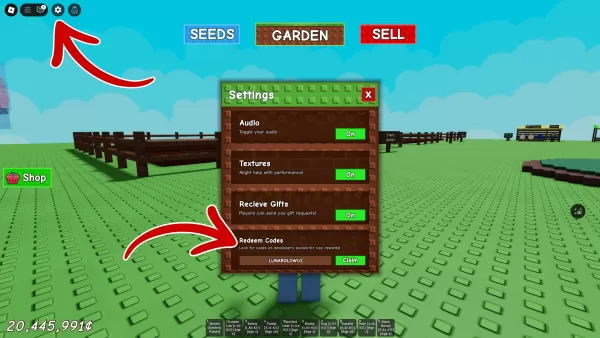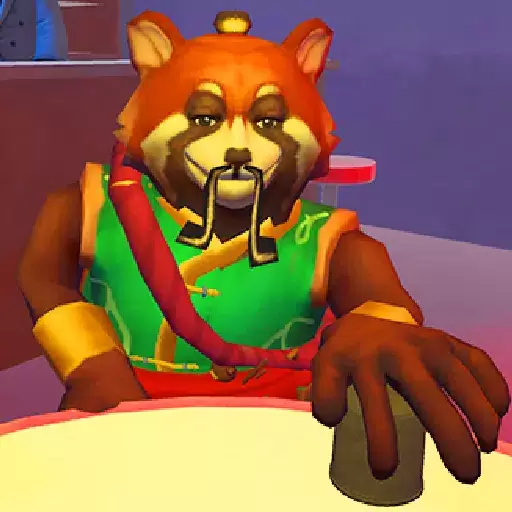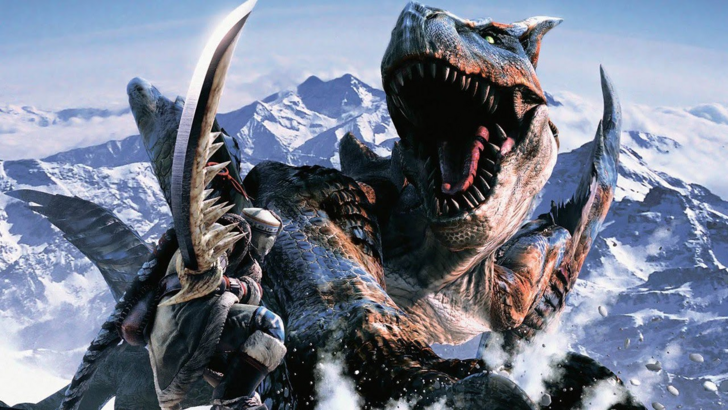
Monster Hunter is renowned for its diverse weapon types and engaging gameplay, but did you know that even more weapons have been left out of newer games? Dive into the fascinating history of Monster Hunter's weaponry and discover more.
← Return to Monster Hunter Wilds' main article
History of Weapon Types in Monster Hunter

Monster Hunter has been captivating players for over two decades, since its debut in 2004. The franchise is celebrated for its wide array of weapon types, each offering unique strengths, weaknesses, movesets, and mechanics. In Monster Hunter Wilds, players will have access to fourteen different weapon types, each requiring a deep understanding to master.
The evolution of these weapons is striking. For example, the Great Sword has transformed significantly from its initial release to its current iteration. Moreover, the series boasts weapons from older games that were never released in the West. Let's explore the rich history of Monster Hunter, focusing on the evolution of its weapons.
First Generation
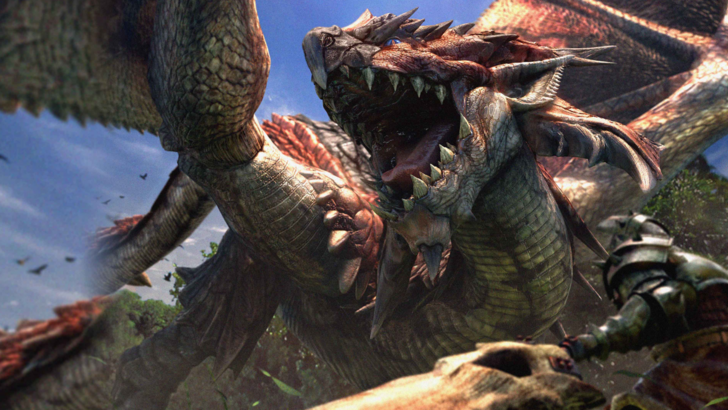
The first generation of Monster Hunter introduced several iconic weapons that have evolved over time, gaining new movesets and mechanics.
Great Sword
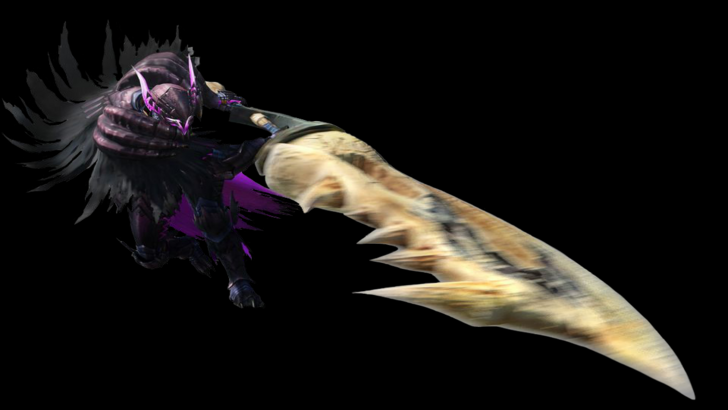
The Great Sword, a symbol of power in the Monster Hunter series since 2004, is known for its high damage output. However, its slow attack and movement speed make it challenging to wield. In the original game, the Great Sword was centered around hit-and-run tactics, with a unique feature where hitting with the middle of the blade dealt more damage.
Monster Hunter 2 introduced the Charged Slash, a game-changing move that allowed hunters to charge their attacks for increased damage. Subsequent games expanded on this mechanic, adding new finishers and improving the fluidity of combos, such as the shoulder tackle in Monster Hunter World, which enabled quicker access to charged attacks.
The Great Sword remains a weapon with a low skill floor but a high skill ceiling, rewarding players who master its timing and positioning.
Sword and Shield
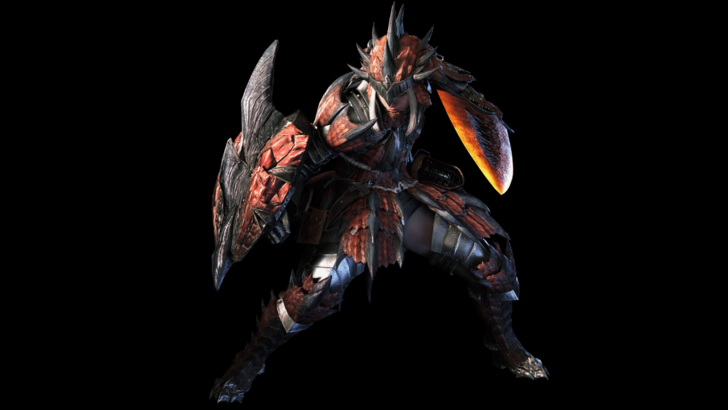
The Sword and Shield is known for its versatility, offering a balanced mix of offense, defense, and utility. Initially seen as a beginner-friendly weapon due to its straightforward playstyle, it has evolved significantly over the series.
In its first iteration, the weapon focused on quick slashes and mobility. Monster Hunter 2 added the ability to use items without sheathing the weapon, enhancing its utility. Later games introduced more complex movesets, including the shield bash in Monster Hunter 3, backstep and jumping attacks in Monster Hunter 4, and the Perfect Rush and aerial finishers in Monster Hunter World and Rise.
Despite its shorter range and lower damage, the Sword and Shield's versatility makes it a valuable weapon, often underestimated but deeply rewarding to master.
Hammer
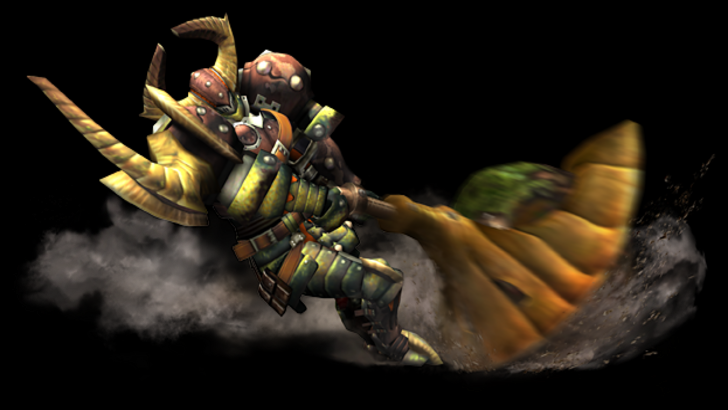
The Hammer is one of two weapons in the series that deals blunt damage, ideal for breaking monster parts and stunning them. Since Monster Hunter 2, the Hammer has been known as the "king of KOs" for its ability to stun monsters by repeatedly hitting their heads.
Similar to the Great Sword, the Hammer's playstyle involves hit-and-run tactics, but it offers more mobility and a unique charge mechanic that allows movement while charging. Its moveset has remained largely consistent, with significant changes in Monster Hunter World and Rise, including the Big Bang and Spinning Bludgeon attacks.
The introduction of Strength and Courage modes in newer games added depth, requiring players to switch modes based on the monster and maintain charge effectively.
Lance
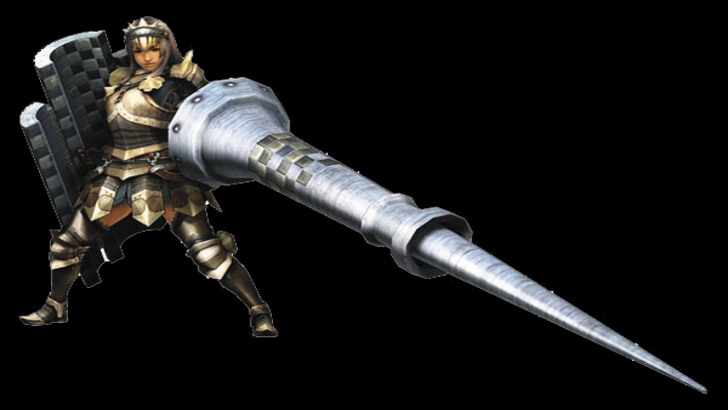
The Lance embodies the saying "a good offense is a great defense," offering long-range attacks and a large shield for blocking. Its playstyle resembles an outboxer, using thrusts and counters to maintain distance and safety.
While often seen as less flashy, the Lance's unique design rewards players for standing their ground, turning them into formidable tanks on the battlefield.
Light Bowgun
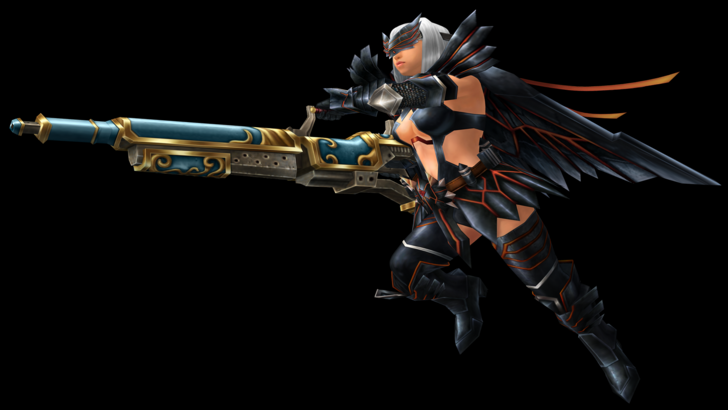
The Light Bowgun is a versatile ranged weapon introduced in the first generation. Its mobility and quick reload speed make it easier to handle than its heavier counterpart. However, it offers less firepower due to limited ammunition choices.
Customization options, such as long barrels and silencers, allow players to tailor the weapon to their preferences. Monster Hunter 4 introduced the Critical Distance mechanic, adding depth to ranged combat. Monster Hunter World further enhanced the weapon with the Wyvernblast and slide maneuver, reinforcing its mobile, run-and-gun style.
Heavy Bowgun

The Heavy Bowgun is the premier ranged weapon of the first generation, known for its high damage and versatile ammunition options. Its size and weight, however, limit mobility, requiring players to balance firepower with positioning.
Monster Hunter 3 introduced Siege Mode, allowing for continuous shelling without reloading. Monster Hunter World added special ammo types like Wyvernheart and Wyvernsnipe, enhancing its offensive capabilities. The weapon's design has remained focused on delivering strong artillery support, with changes primarily in its ammunition and attachments.
Dual Blades
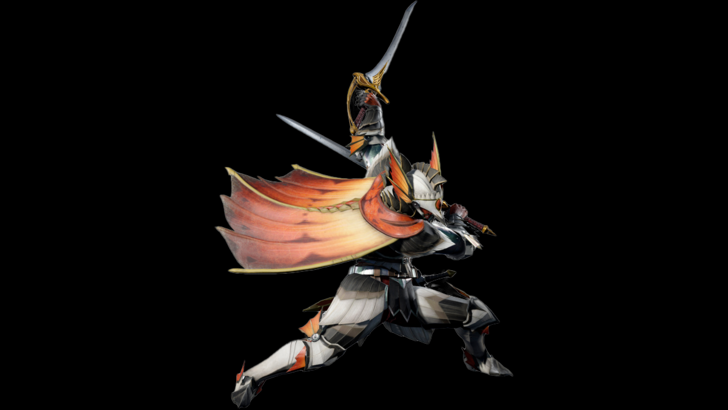
The Dual Blades are known for their speed and ability to inflict status ailments and elemental damage. Introduced in the Western release of the first game, they focus on fluid combos and rapid attacks.
The Demon Mode, introduced early on, increases damage and access to more offensive maneuvers at the cost of stamina. Monster Hunter Portable 3rd and 3 Ultimate added the Demon Gauge and Archdemon Mode, revolutionizing the weapon's playstyle by allowing sustained high damage without stamina drain.
The Dual Blades' core gameplay remains centered on speed and fluidity, with enhancements that complement its offensive focus.
Second Generation

The second generation introduced weapons that, while similar to their first-generation counterparts, offered distinct movesets and mechanics.
Long Sword
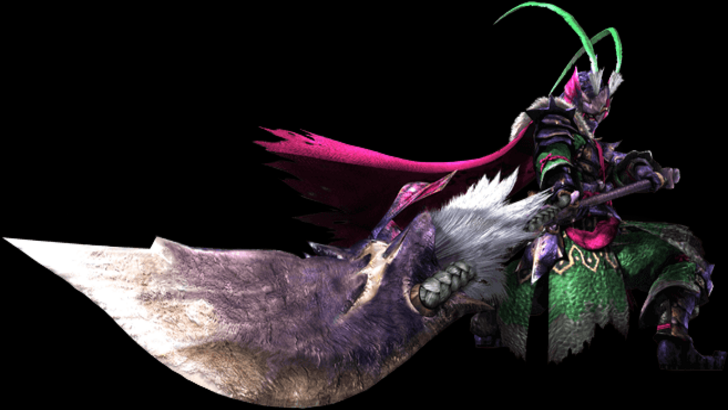
The Long Sword, introduced in Monster Hunter 2, is known for its fluid combos and high damage. Unlike the Great Sword, it offers higher mobility and a more versatile combo structure but lacks the ability to block.
The Spirit Gauge, filled by landing attacks, is central to the Long Sword's mechanics. Monster Hunter 3 added levels to the Spirit Gauge and the Spirit Roundslash finisher, enhancing its damage potential. Monster Hunter World introduced the Spirit Thrust Helm Breaker and Foresight Slash, allowing for parries and seamless combo transitions.
The Long Sword's design has evolved from a combo-oriented weapon to one that emphasizes counters and fluidity, offering a dynamic playstyle.
Hunting Horn
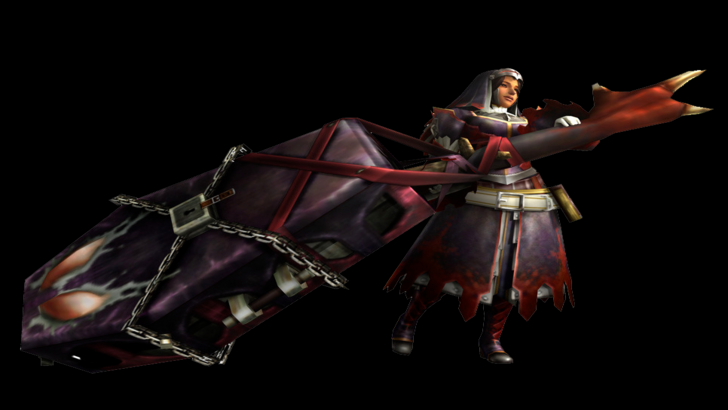
The Hunting Horn, introduced in Monster Hunter 2, is the series' primary support weapon, using Recital to play songs that offer various buffs. While dealing impact damage like the Hammer, it prioritizes support over raw damage.
Improvements to the Recital mechanic have focused on making it more efficient, with Monster Hunter 3 Ultimate allowing notes to be played during attacks. Monster Hunter World introduced song queuing and Echo Notes, enhancing the weapon's fluidity and damage potential.
Monster Hunter Rise overhauled the Hunting Horn, simplifying its song mechanics and making it easier to use, though this change was divisive among fans.
Gunlance
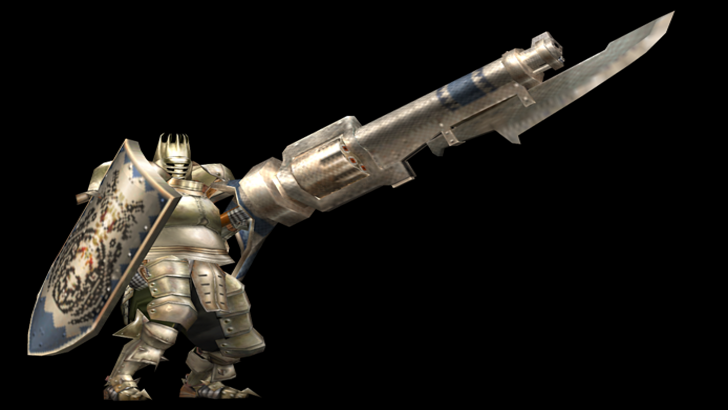
The Gunlance, introduced in the second generation, combines elements of the Lance and Bowgun, offering explosive shelling alongside traditional lance attacks. Its gameplay revolves around using Shelling Abilities, with the Wyvern's Fire as a powerful finisher.
Monster Hunter 3 added quick reload and Full Burst mechanics, enhancing its aggressive playstyle. Monster Hunter X introduced the Heat Gauge, adding a balance between physical and shelling damage. Monster Hunter World added the Wyrmstake Shot, further expanding its offensive capabilities.
The Gunlance's unique mechanics set it apart, requiring players to balance their attacks to maximize damage without burning out.
Bow

The Bow, introduced in Monster Hunter 2, is the most agile ranged weapon, focusing on close-to-mid-range combat and fluid combos. It uses Coatings to enhance its damage and apply status effects.
While early games featured Shot Types, Monster Hunter World simplified the moveset, making it more combo-heavy and universal. Monster Hunter Rise reintroduced Shot Types tied to charge levels, adding depth to its aggressive playstyle.
The Bow's unique identity and aggressive approach set it apart from other ranged weapons, offering a dynamic and engaging playstyle.
Third and Fourth Generation
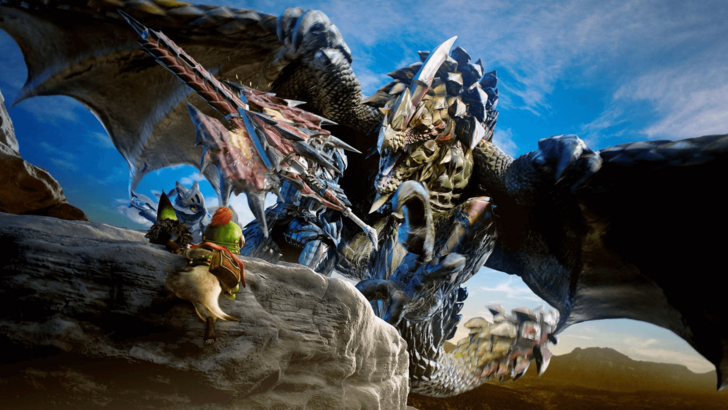
The third and fourth generations introduced weapons with unique mechanics, including morphable weapons and a new aerial-focused weapon.
Switch Axe
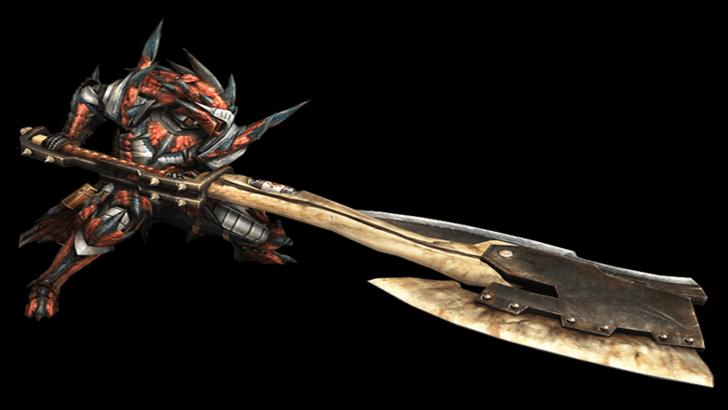
The Switch Axe, introduced in Monster Hunter 3, features Axe Mode for mobility and range, and Sword Mode for higher damage and elemental attacks. Initially, players had to unlock the weapon through a quest, but it became available from the start in subsequent games.
Monster Hunter World introduced the Amped state, enhancing Sword Mode, while Monster Hunter Rise extended this to both forms, encouraging fluid transitions between modes. The Switch Axe's unique form-swapping mechanics add depth and excitement to combat.
Insect Glaive

The Insect Glaive, introduced in Monster Hunter 4, focuses on aerial combat and is paired with a Kinsect that collects essences to grant buffs. The weapon excels in mounting monsters, a mechanic introduced in the same game.
Collecting red, white, and orange essences enhances attack, mobility, and defense, respectively. While the core gameplay has remained consistent, upgrades to the Kinsect system in Monster Hunter Rise simplified its use and added new types of Kinsects.
The Insect Glaive's unique buff system and aerial capabilities make it a standout weapon in the series.
Charge Blade
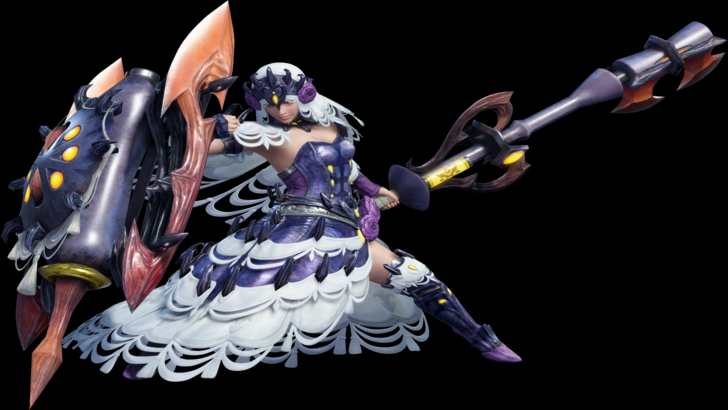
The Charge Blade, introduced in Monster Hunter 4, is a versatile weapon with Sword and Axe Modes. It uses Sword Mode to charge phials, which are then used in Axe Mode for powerful finishers like the Amped Elemental Discharge.
Known for its complexity, the Charge Blade requires mastering Guard Points and understanding monster behavior to maximize its potential. Its balanced offense and mechanical depth make it a rewarding weapon to master.
Will There Be More?

While Monster Hunter Wilds will feature the fourteen weapons mentioned, the series has a history of introducing new weapons and reintroducing older ones. Given the franchise's longevity, future games may bring even more innovative weapons to enhance the gameplay experience.
You may also like...


 Latest Downloads
Latest Downloads
 Downlaod
Downlaod
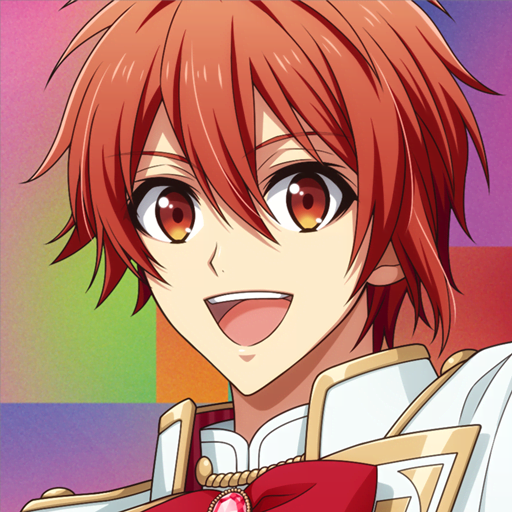

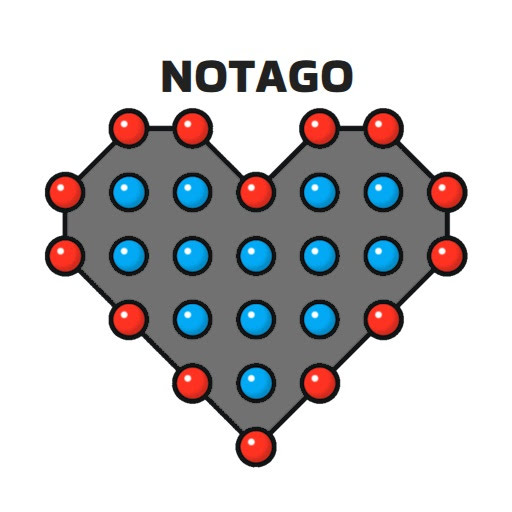

 Top News
Top News